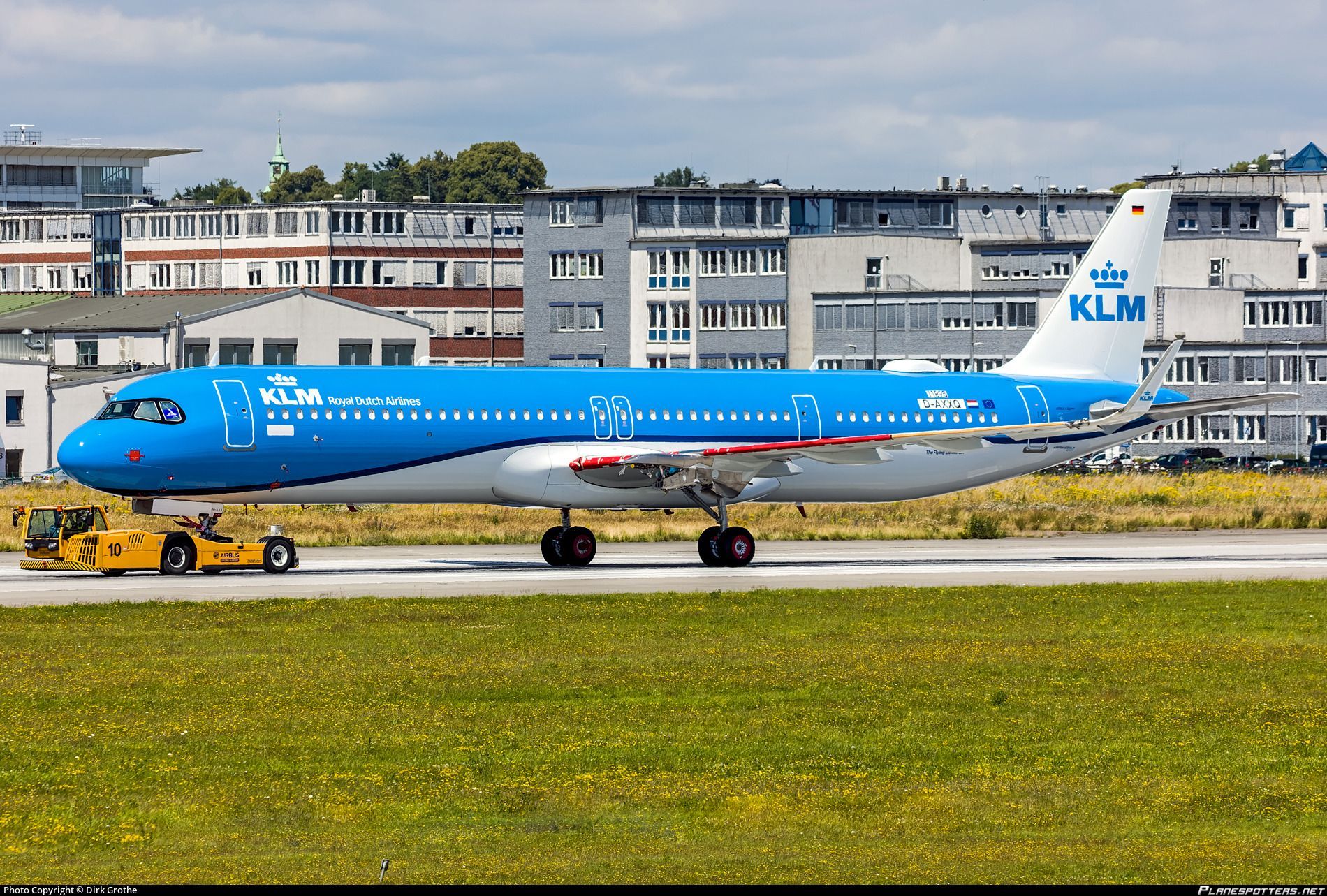Crash Mail
2 in collection
Lijst van diensten
-
Christmas Flight to Batavia ("Uiver" Christmas envelope specially designed for flight) 🅟
Equipment: DC-2-115A
Registration: PH-AJU "Uiver"
Date Crash: 20 December 1934
Flight and Crash Information: PH-AJU Douglas DC-2-115A KLM, named "Uiver" crashed on December 19th near Rutbah Wells (Syria) on a non-scheduled flight from Amsterdam (Netherlands) to Batavia (Netherlands East-Indies, now Jakarta, Indonesia). The aircraft departed short after midnight from Schiphol on a special so-called 'Christmas' flight to Batavia with post and 3 passengers. On the Cairo (Egypt)- Bagdad (Iraq) route it was missed.
On December 21st the Douglas was found, completely destroyed and burned, by a RAF-pilot, in the desert 16 km south of Rutbah Wells. All 4 cockpit-crew and 3 passengers were killed.
Weeks later, KLM released the results of it's investigation. The DC2 had hit the ground at full speed, all switches on, throttles wide open, the surface controls in a cruising altitude so trimmed for a horizontal flight, and the landing gear retracted. The official report said lightning struck the aircraft killing all on board immediately. The aircraft continued to fly until it flew itself into the ground, somersaulting and bursting into flames. Some test-flights were performed with changed vertical tail- plane and rudder. Five months after the crash, the public was beginning to feel confident with the airplane again. The DC2 had logged more than 200.000 miles of safe flying in 21 countries.
Not that long ago this aircraft was one of the 20 participants in the MacPherson Robertson London-Melbourne race during October 1934. The "Uiver" made its famous forced landing on a racing track in Albury (Australia), but managed to win the handicap race. The flight of December 1934 was the first commercial flight for KLM the aircraft made after arrival in summer '34 as the first DC-2 in the Netherlands and after the participation in the London-Melbourne race. The Uiver was very popular during that time in the Netherlands and its crash shocked the whole country.
Looking backwards, the Royal Dutch Airlines (KLM) DC-2 PH-AJU "Uiver" took off from Schiphol on December 19th 1934 for a faster than normal flight to Java, in order to deliver the Christmas mail for the Indies before December 25th.
After stops at Marseilles, Rome and Athens, the aircraft left Cairo International Airport at 21:30 local time on December 19th. Part of the mail was salvaged and flown from Baghdad to Batavia by the KLM Fokker PH-AIR "Rijstvogel".
In Holland special envelopes were made available for this Christmas flight and a special cachet was applied to all mail. Salvaged mail was back stamped on arrival in the Indies. This cover was mailed the day before the planned takeoff. This special envelope (black printing) was carried on the crash flight and back stamped Batavia December 28th of 1934.
Taking the DC2 into service was already special by itself. The KLM had a very good relation with Fokker. The maiden flight of the DC2 changed to whole aviation and more modern, high comfort and faster airplanes where hot. Anthony Fokker didn't have an answer on that. The crew of this special Christmas flight consisted out of captain M.W.O.A. Beekman, co-pilot J.van Steenbergen, telegraph operator G. van Zadelhoff en flight engineer H.A. Waalewijn. Willem Okke Beekman was one of the oldest and a very experienced pilot of the KLM flight crew. It was a special person, quite and he said to everybody what he wanted, even to Albert Plesman. This open mind gave him most of the time conflicts with Plesman.
From the "Uiverpost" (mail) the following was undamaged: bag of 3¼ kg from Amsterdam to Tjepoe,
-1 bag of 2 kg from Amsterdam to Soerabaja.
-1 bag of 3¼ kg from Amsterdam to Medan, registered mail.
Partly intact staid:
-1 bag of 2½ kg from Amsterdam to Tandjong Pandan,
-1 bag of 2¼ kg from Amsterdam to Soerabaja.
The rest, in total 190½ kg in seven bags for a different destination. Most of it was burned or due to the oil and sand, no longer usable.
Source: www.klm-va.nl
-
Christmas Flight to Batavia (standard envelope) 🅟
Equipment: DC-2-115A
Registration: PH-AJU "Uiver"
Date Crash: 20 December 1934
Flight and Crash Information: PH-AJU Douglas DC-2-115A KLM, named "Uiver" crashed on December 19th near Rutbah Wells (Syria) on a non-scheduled flight from Amsterdam (Netherlands) to Batavia (Netherlands East-Indies, now Jakarta, Indonesia). The aircraft departed short after midnight from Schiphol on a special so-called 'Christmas' flight to Batavia with post and 3 passengers. On the Cairo (Egypt)- Bagdad (Iraq) route it was missed.
On December 21st the Douglas was found, completely destroyed and burned, by a RAF-pilot, in the desert 16 km south of Rutbah Wells. All 4 cockpit-crew and 3 passengers were killed.
Weeks later, KLM released the results of it's investigation. The DC2 had hit the ground at full speed, all switches on, throttles wide open, the surface controls in a cruising altitude so trimmed for a horizontal flight, and the landing gear retracted. The official report said lightning struck the aircraft killing all on board immediately. The aircraft continued to fly until it flew itself into the ground, somersaulting and bursting into flames. Some test-flights were performed with changed vertical tail- plane and rudder. Five months after the crash, the public was beginning to feel confident with the airplane again. The DC2 had logged more than 200.000 miles of safe flying in 21 countries.
Not that long ago this aircraft was one of the 20 participants in the MacPherson Robertson London-Melbourne race during October 1934. The "Uiver" made its famous forced landing on a racing track in Albury (Australia), but managed to win the handicap race. The flight of December 1934 was the first commercial flight for KLM the aircraft made after arrival in summer '34 as the first DC-2 in the Netherlands and after the participation in the London-Melbourne race. The Uiver was very popular during that time in the Netherlands and its crash shocked the whole country.
Looking backwards, the Royal Dutch Airlines (KLM) DC-2 PH-AJU "Uiver" took off from Schiphol on December 19th 1934 for a faster than normal flight to Java, in order to deliver the Christmas mail for the Indies before December 25th.
After stops at Marseilles, Rome and Athens, the aircraft left Cairo International Airport at 21:30 local time on December 19th. Part of the mail was salvaged and flown from Baghdad to Batavia by the KLM Fokker PH-AIR "Rijstvogel".
In Holland special envelopes were made available for this Christmas flight and a special cachet was applied to all mail. Salvaged mail was back stamped on arrival in the Indies. This cover was mailed the day before the planned takeoff. This special envelope (black printing) was carried on the crash flight and back stamped Batavia December 28th of 1934.
Taking the DC2 into service was already special by itself. The KLM had a very good relation with Fokker. The maiden flight of the DC2 changed to whole aviation and more modern, high comfort and faster airplanes where hot. Anthony Fokker didn't have an answer on that. The crew of this special Christmas flight consisted out of captain M.W.O.A. Beekman, co-pilot J.van Steenbergen, telegraph operator G. van Zadelhoff en flight engineer H.A. Waalewijn. Willem Okke Beekman was one of the oldest and a very experienced pilot of the KLM flight crew. It was a special person, quite and he said to everybody what he wanted, even to Albert Plesman. This open mind gave him most of the time conflicts with Plesman.
From the "Uiverpost" (mail) the following was undamaged: bag of 3¼ kg from Amsterdam to Tjepoe,
-1 bag of 2 kg from Amsterdam to Soerabaja.
-1 bag of 3¼ kg from Amsterdam to Medan, registered mail.
Partly intact staid:
-1 bag of 2½ kg from Amsterdam to Tandjong Pandan,
-1 bag of 2¼ kg from Amsterdam to Soerabaja.
The rest, in total 190½ kg in seven bags for a different destination. Most of it was burned or due to the oil and sand, no longer usable.
Source: www.klm-va.nl































